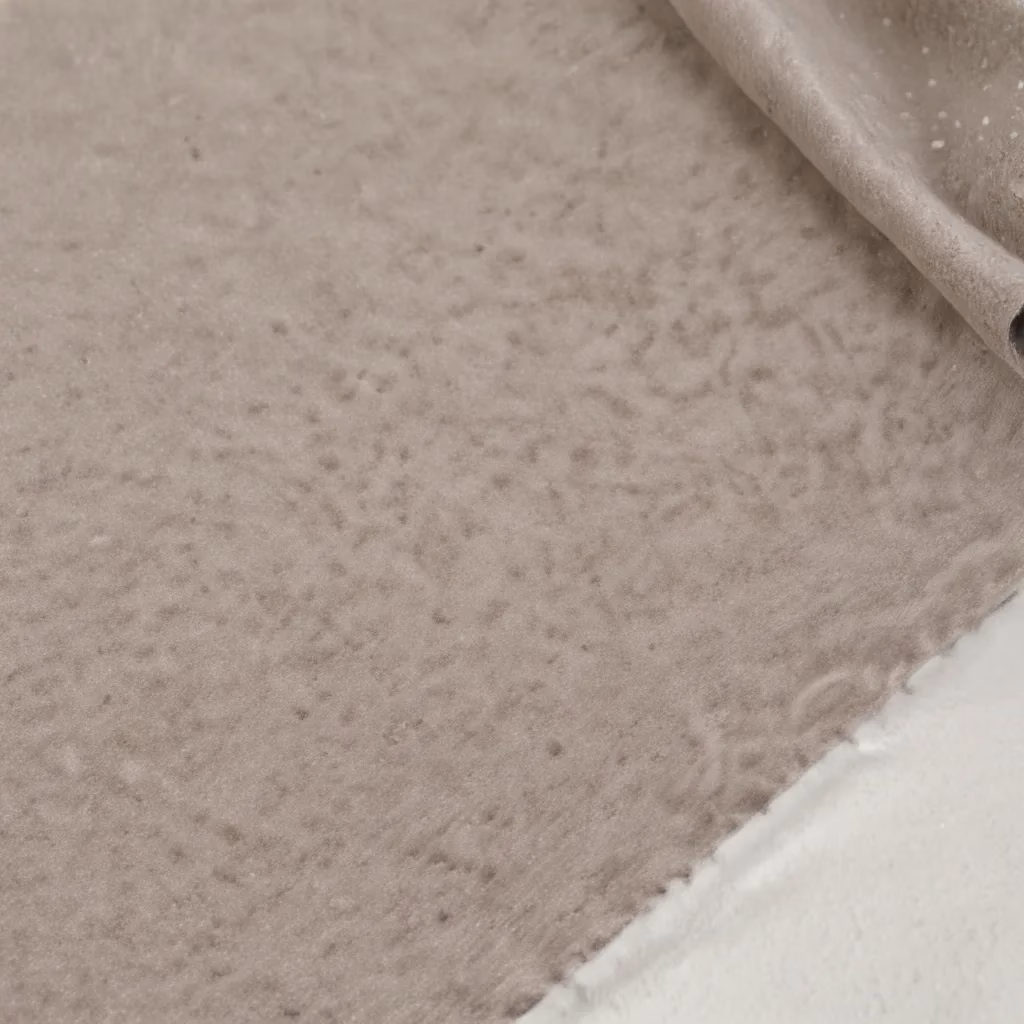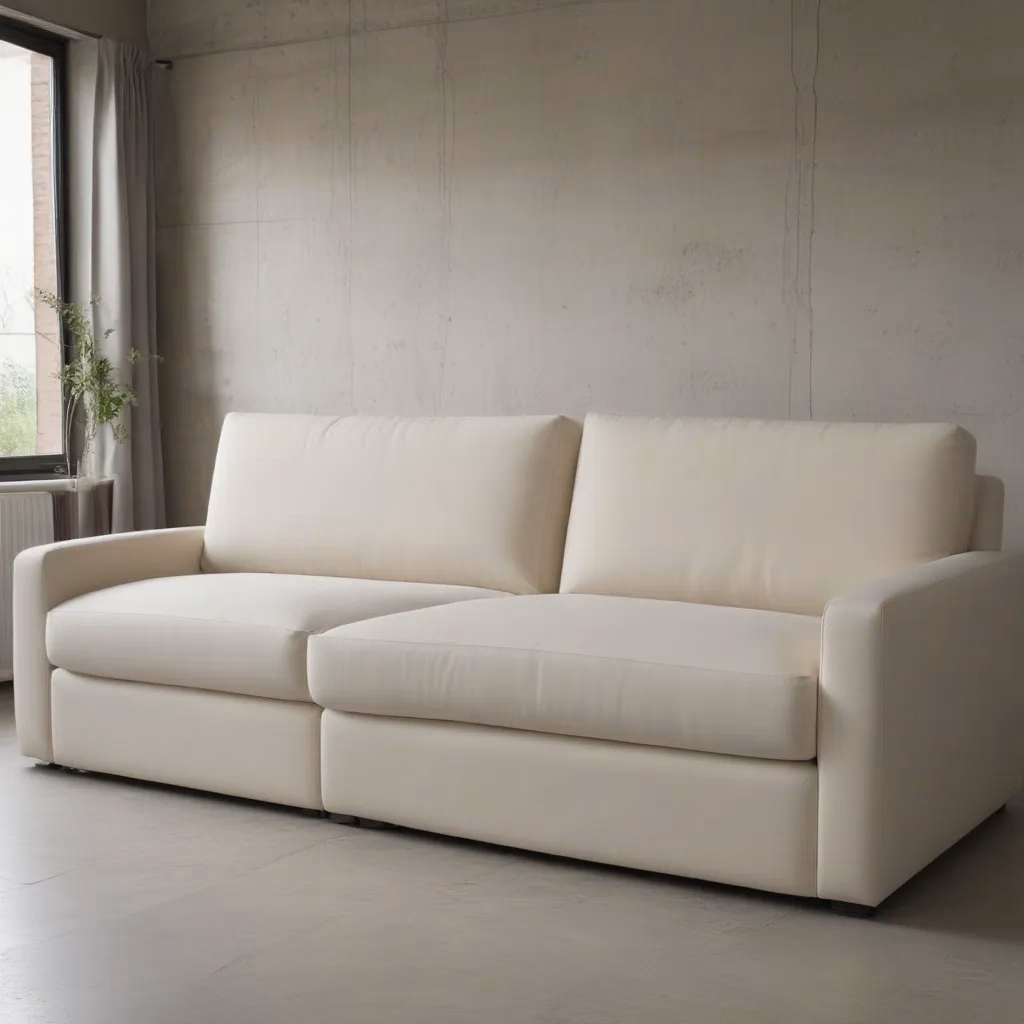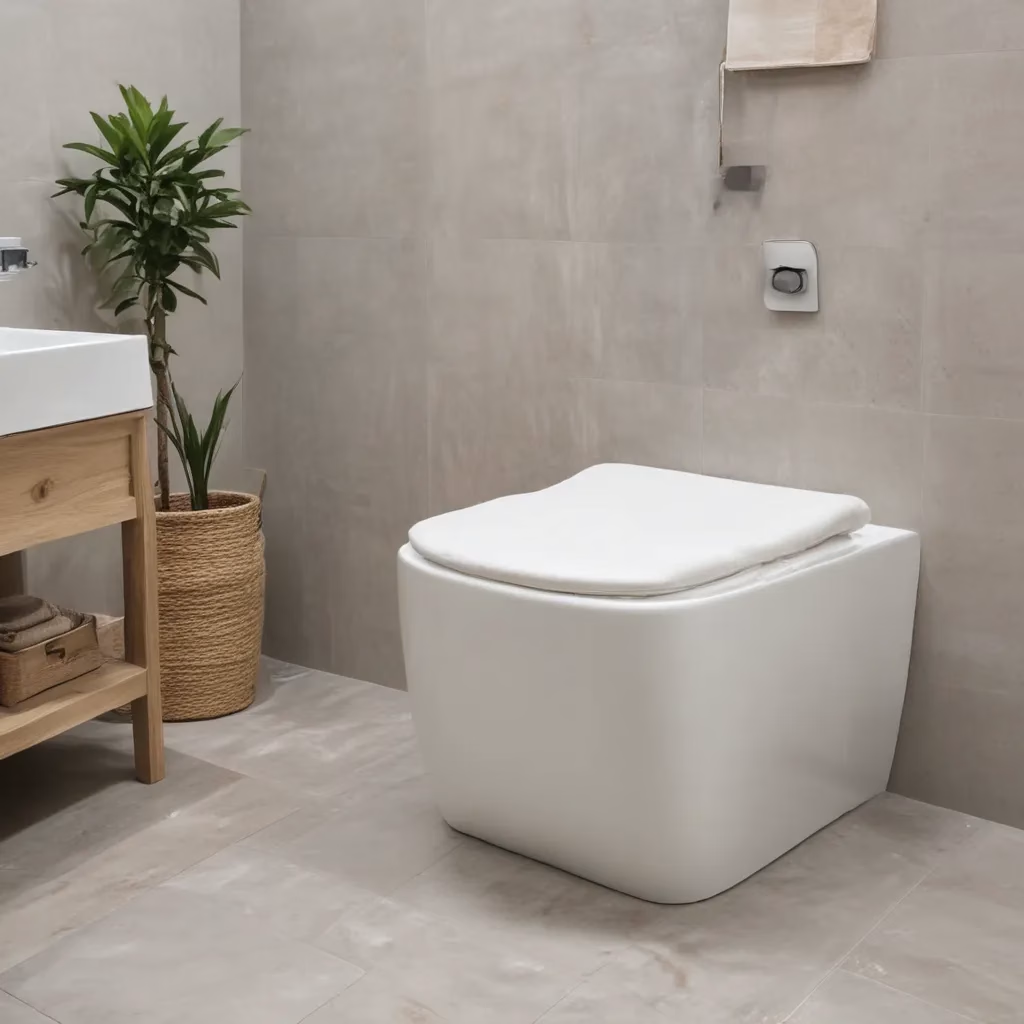
The Rise of Minimalist Sofa Design in UK Homes
As we approach September 2024, the UK furniture market is witnessing a significant shift towards minimalist sofa designs. This trend reflects a broader movement in interior design, where simplicity and functionality take centre stage. Homeowners and designers alike are embracing clean lines, uncluttered spaces, and a focus on essential elements.
Minimalist sofas are characterised by their streamlined silhouettes, absence of unnecessary ornamentation, and emphasis on form following function. These pieces are not just furniture; they are statements of modern living, embodying the principles of ‘less is more’ in our increasingly busy lives.
The appeal of minimalist sofas lies in their versatility and timeless quality. Unlike heavily decorated or ornate furniture that may quickly fall out of fashion, these sleek designs have staying power. They provide a neutral foundation that can adapt to changing tastes and decor styles over time, making them a wise investment for the discerning homeowner.
Key Features of Minimalist Sofa Designs
Clean Lines and Simple Shapes
Minimalist sofas are defined by their clean, straight lines and simple geometric shapes. These designs eschew complicated curves or ornate details in favour of straightforward forms that create a sense of order and calm in a room.
The frame of a minimalist sofa is often visible, with exposed legs that contribute to the overall sense of lightness and space. This design choice allows the sofa to appear as if it’s floating, which can make a room feel larger and more open.
Many minimalist sofas feature low profiles and horizontal lines that draw the eye across the room, creating a sense of expansiveness. This horizontal emphasis is particularly effective in smaller UK homes, where space is at a premium.
Neutral Colour Palettes
While minimalist sofas can come in a variety of colours, neutral tones are particularly popular in the UK market. Shades of grey, beige, white, and black dominate, offering a versatile backdrop that can complement a wide range of interior styles.
These neutral hues allow the sofa’s form to take centre stage, highlighting the beauty of its design without the distraction of bold colours. They also provide a calming presence in the home, contributing to a sense of tranquility and order.
For those who prefer a pop of colour, minimalist sofas can serve as an excellent canvas for accent pillows or throws, allowing homeowners to add personality without compromising the overall aesthetic.
Quality Materials and Craftsmanship
Despite their simple appearance, minimalist sofas often showcase superior craftsmanship and high-quality materials. UK consumers are increasingly valuing durability and longevity in their furniture choices, and minimalist designs respond to this demand.
Premium fabrics such as wool, linen, and high-grade synthetics are commonly used, offering both comfort and resilience. Leather is also a popular choice, aging beautifully over time and adding a touch of luxury to the minimalist aesthetic.
The focus on quality extends to the internal construction of these sofas, with manufacturers using robust frames and supportive cushioning to ensure long-lasting comfort and structural integrity.
Choosing the Right Minimalist Sofa for Your Space
Assessing Your Room Layout
Before selecting a minimalist sofa, it’s crucial to consider the layout of your room. Measure your space carefully, taking into account walkways, other furniture pieces, and architectural features like windows and fireplaces.
Minimalist sofas often work well in open-plan living areas, where their clean lines can help define separate zones without creating visual clutter. In smaller rooms, consider a compact two-seater or a sleek chaise longue that won’t overwhelm the space.
Remember to leave enough room around the sofa for easy movement and to maintain a sense of openness. A good rule of thumb is to allow at least 45 cm of clearance around the sofa for comfortable circulation.
Considering Functionality
While aesthetics are important, functionality should not be overlooked when choosing a minimalist sofa. Consider how you’ll use the sofa in your daily life. Do you need a comfortable spot for movie nights? A place to host guests? Or perhaps a versatile piece that can double as a bed for overnight visitors?
Many minimalist sofas offer hidden features that enhance their functionality without compromising their sleek appearance. Look for designs with built-in storage, adjustable backrests, or pull-out beds that can adapt to your changing needs.
It’s also worth considering the cushion firmness and seat depth. Some minimalist designs prioritise form over comfort, so be sure to test the sofa thoroughly before making a purchase to ensure it meets your comfort requirements.
Matching Your Interior Style
While minimalist sofas are designed to be versatile, it’s still important to choose a piece that complements your existing interior style. Consider the following pairings:
| Interior Style | Minimalist Sofa Features |
|---|---|
| Scandinavian | Light wood legs, pale upholstery, rounded edges |
| Industrial | Metal frame, leather upholstery, sharp angles |
| Contemporary | Low profile, modular design, bold solid colours |
| Traditional | Tufted cushions, tapered legs, neutral fabrics |
By selecting a minimalist sofa that aligns with your overall design aesthetic, you can create a cohesive and harmonious living space that feels both modern and timeless.
Materials and Upholstery Options for Minimalist Sofas
Fabric Choices for Comfort and Durability
When it comes to upholstery for minimalist sofas, the choice of fabric can significantly impact both the look and feel of the piece. UK consumers are increasingly opting for materials that offer a balance of comfort, durability, and style.
Natural fibres such as cotton and linen are popular choices for their breathability and soft texture. These fabrics work well in a variety of settings and are particularly suited to the casual elegance of many minimalist designs. However, they may require more maintenance and can be prone to wrinkling.
Wool is another excellent option for minimalist sofas. It’s naturally resistant to staining and wrinkling, and its texture adds a subtle depth to solid colours. Wool blends can offer the benefits of pure wool with added durability and often at a lower cost.
For those seeking easy-care options, performance fabrics have gained popularity. These synthetic materials are engineered to resist stains, fading, and wear, making them ideal for high-traffic areas or homes with children and pets.
Leather: A Timeless Choice
Leather remains a favoured upholstery option for minimalist sofas in the UK market. Its smooth surface and natural variations in texture complement the clean lines of minimalist design while adding a touch of luxury.
Full-grain leather is the highest quality option, known for its durability and ability to develop a beautiful patina over time. Top-grain leather is also a good choice, offering a more uniform appearance and often at a lower price point.
For those concerned about the environmental impact or cost of genuine leather, high-quality faux leather options are available. These can provide a similar look and feel to real leather while being more affordable and easier to maintain.
Innovative Materials for Modern Living
As sustainability becomes an increasingly important factor for UK consumers, new materials are emerging in the minimalist sofa market. Recycled fabrics, made from post-consumer plastic bottles or other waste materials, offer an eco-friendly alternative without compromising on style or comfort.
Some manufacturers are also experimenting with plant-based materials, such as fabrics derived from pineapple leaves or cork. These innovative options not only appeal to environmentally conscious consumers but also bring unique textures and properties to minimalist sofa designs.
Comfort and Ergonomics in Minimalist Sofa Design
Balancing Form and Function
While minimalist sofas are prized for their sleek appearance, comfort should never be sacrificed for style. The best minimalist designs manage to achieve both, creating sofas that are as pleasant to sit on as they are to look at.
Key to this balance is the internal structure of the sofa. High-quality minimalist sofas often feature multi-layered foam cushions that provide both support and softness. Some designs incorporate pocket springs or webbing systems to enhance comfort and prevent sagging over time.
The angle of the backrest and the depth of the seat are crucial factors in ergonomic design. A slight recline of around 10-15 degrees in the backrest can provide optimal support for the spine, while a seat depth of 55-60 cm typically accommodates most body types comfortably.
Customisable Comfort Features
Many minimalist sofas now offer customisable features that allow users to adjust their seating position for maximum comfort. These may include:
- Adjustable headrests for neck support
- Reclining mechanisms hidden within the clean lines of the design
- Modular components that can be rearranged to suit different needs
These features add versatility to minimalist sofas, ensuring they can adapt to various activities and user preferences without compromising their streamlined aesthetic.
The Importance of Quality Cushioning
The type and quality of cushioning used in a minimalist sofa can greatly affect its comfort and longevity. Here’s a comparison of common cushion types:
| Cushion Type | Pros | Cons |
|---|---|---|
| High-resilience foam | Durable, retains shape well | Can feel firm, may lack plushness |
| Memory foam | Conforms to body shape, pressure-relieving | Can retain heat, may feel too soft for some |
| Down-filled | Luxurious feel, very soft | Requires regular fluffing, can be expensive |
| Foam and fibre mix | Good balance of support and softness | May lose shape over time if not high quality |
When choosing a minimalist sofa, it’s worth investing in high-quality cushioning that will maintain its shape and comfort over years of use. Many UK retailers offer the option to customise the firmness of cushions, allowing you to tailor the sofa to your exact preferences.
Incorporating Minimalist Sofas into UK Home Decor
Creating a Focal Point
A minimalist sofa can serve as an excellent focal point in a living room or open-plan space. Its clean lines and simple form draw the eye without overwhelming the room, making it an ideal centrepiece around which to build your decor scheme.
To emphasise the sofa as a focal point, consider placing it against a feature wall or in front of a large window. The contrast between the sofa’s sleek silhouette and a textured wall or natural view can create a striking visual impact.
Lighting can also play a crucial role in highlighting a minimalist sofa. A well-placed floor lamp or a pair of pendant lights can cast interesting shadows and accentuate the sofa’s form, adding depth to the room’s composition.
Complementary Furniture and Accessories
When pairing other furniture with a minimalist sofa, look for pieces that share similar clean lines and simple forms. Coffee tables with geometric shapes, streamlined armchairs, and minimalist shelving units can create a cohesive look that enhances the overall aesthetic.
Accessories should be chosen carefully to avoid cluttering the space. A few well-selected items can add personality without compromising the minimalist ethos:
- A large, abstract artwork above the sofa can create a dramatic backdrop
- A textured rug underfoot can add warmth and define the seating area
- A single statement floor lamp can provide both function and sculptural interest
Remember that in minimalist design, negative space is as important as the objects within it. Don’t feel compelled to fill every surface or corner; allowing for some ‘breathing room’ can enhance the sense of calm and order in your space.
Colour and Texture in a Minimalist Scheme
While minimalist sofas often come in neutral colours, they provide an excellent foundation for introducing subtle pops of colour and texture into your decor. Consider these approaches:
- Use throw pillows in varying textures or muted colours to add depth without overwhelming the space
- Introduce natural elements like wooden side tables or woven baskets to bring warmth to the room
- Choose a rug with a subtle pattern or interesting texture to complement the sofa’s clean lines
By thoughtfully combining colours and textures, you can create a minimalist space that feels inviting and personalized, rather than stark or clinical.
Maintenance and Care for Minimalist Sofas
Regular Cleaning Routines
To keep your minimalist sofa looking its best, establish a regular cleaning routine. This typically involves:
- Weekly vacuuming with an upholstery attachment to remove dust and debris
- Promptly blotting any spills with a clean, dry cloth
- Rotating cushions (if possible) to ensure even wear
For fabric sofas, consider using a fabric protection spray to guard against stains and spills. Always test any cleaning products on an inconspicuous area first to ensure they won’t damage the upholstery.
Professional Cleaning and Maintenance
While regular home care is essential, professional cleaning can help maintain the quality and appearance of your minimalist sofa over time. Consider having your sofa professionally cleaned every 12-18 months, or more frequently if it sees heavy use.
For leather sofas, professional conditioning treatments can help keep the material supple and prevent cracking. This is particularly important for sofas placed in direct sunlight or near heat sources.
Addressing Common Issues
Even with proper care, minimalist sofas may develop some common issues over time. Here’s how to address them:
| Issue | Solution |
|---|---|
| Sagging cushions | Flip and rotate cushions regularly; consider adding foam inserts for extra support |
| Faded upholstery | Use window treatments to protect from direct sunlight; consider professional reupholstering if severe |
| Loose legs | Tighten screws or bolts; contact the manufacturer for replacement parts if needed |
| Squeaking frame | Identify the source of the noise and apply furniture wax or tighten joints as necessary |
By addressing these issues promptly, you can extend the life of your minimalist sofa and maintain its sleek appearance for years to come.
The Future of Minimalist Sofa Design in the UK
Sustainable Materials and Production
As environmental concerns continue to shape consumer preferences, the future of minimalist sofa design in the UK is likely to see an increased focus on sustainability. This may manifest in several ways:
- Greater use of recycled and upcycled materials in sofa construction
- Development of new, eco-friendly fabrics and padding materials
- Emphasis on locally sourced materials to reduce carbon footprint
- Designs that facilitate easy repair and component replacement
Manufacturers are also likely to place more emphasis on transparent supply chains and ethical production practices, responding to growing consumer demand for responsibly made furniture.
Smart Technology Integration
While minimalist design prioritises simplicity, there’s growing interest in subtle technology integration that enhances functionality without compromising aesthetics. Future minimalist sofas might incorporate:
- Built-in charging ports for devices
- Heating elements for added comfort in colder months
- Sensors that adjust firmness based on user preferences
- Voice-activated controls for reclining functions
The key will be to implement these features in ways that maintain the clean, uncluttered look that defines minimalist design.
Adaptable and Multifunctional Designs
As UK homes continue to adapt to flexible living and working arrangements, minimalist sofas are likely to evolve to meet these changing needs. We may see more designs that offer:
- Modular components that can be easily reconfigured
- Integrated storage solutions for small-space living
- Convertible designs that transform from seating to sleeping areas
These adaptable designs will allow homeowners to maximise their living space while maintaining a sleek, minimalist aesthetic.
Conclusion: Embracing Minimalist Sofa Design in Your Home
Minimalist sofa designs offer a perfect blend of style, functionality, and versatility for contemporary UK homes. By choosing a minimalist sofa, you’re not just selecting a piece of furniture; you’re making a statement about your lifestyle and values.
These streamlined designs provide a foundation for creating serene, uncluttered living spaces that can adapt to your changing needs and tastes over time. Whether you’re furnishing a compact city flat or a spacious suburban home, a minimalist sofa can serve as the centrepiece of your interior design strategy.
As you consider incorporating a minimalist sofa into your home, remember to balance aesthetics with comfort and practicality. Choose high-quality materials that will stand the test of time, and don’t be afraid to personalise your space with carefully selected accessories and complementary pieces.
For more inspiration and to explore a wide range of minimalist sofa options, visit Sofa Spectacular. Their collection showcases the latest trends in minimalist design, helping you find the perfect piece to elevate your living space.
By embracing the principles of minimalist sofa design, you can create a home that feels both contemporary and timeless – a calm oasis amidst the complexity of modern life.



